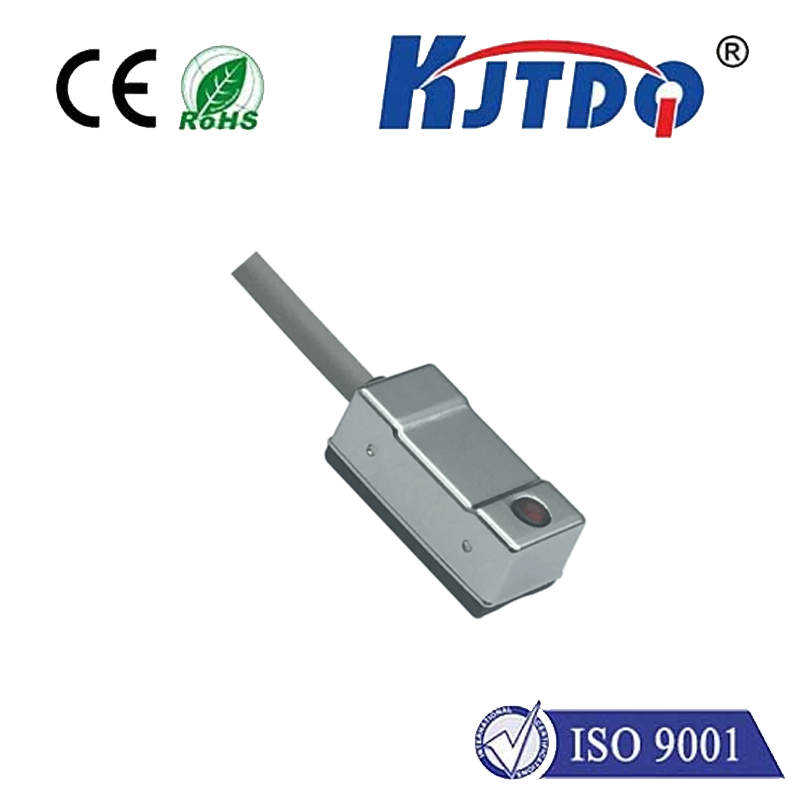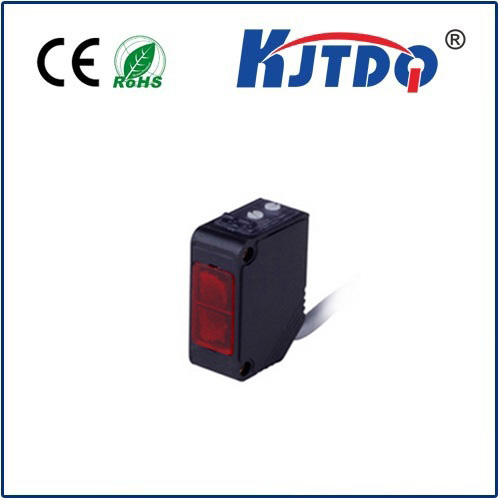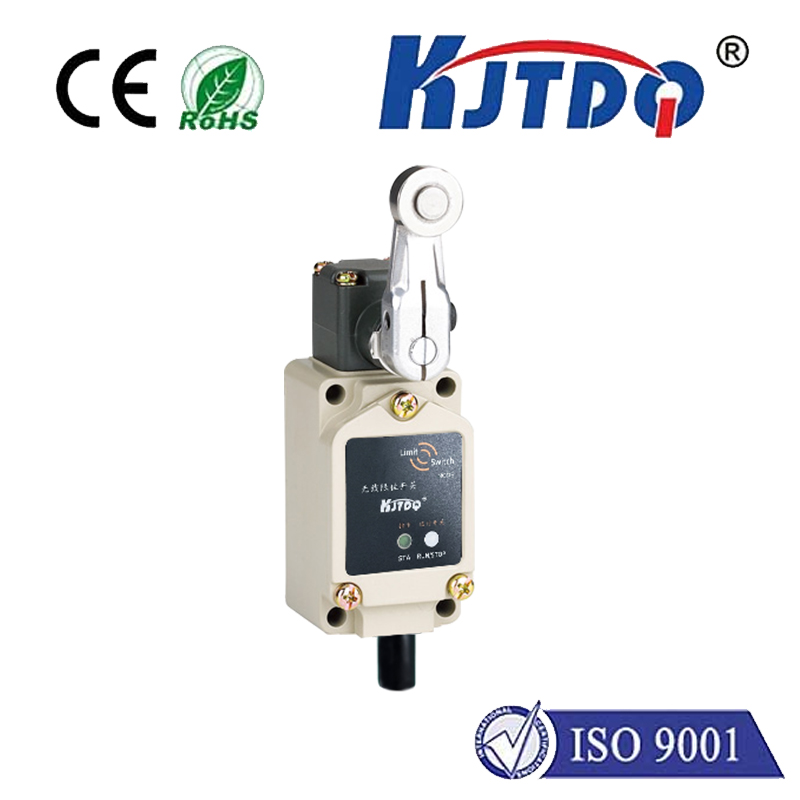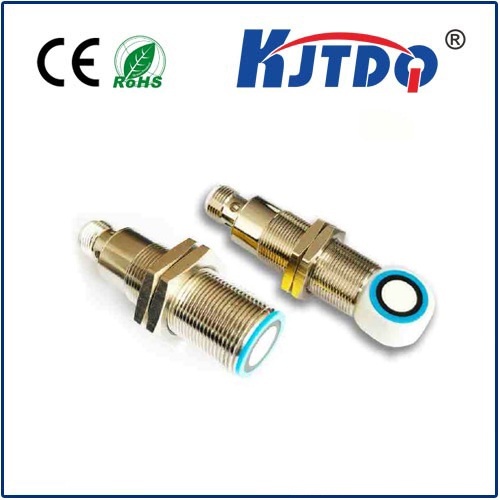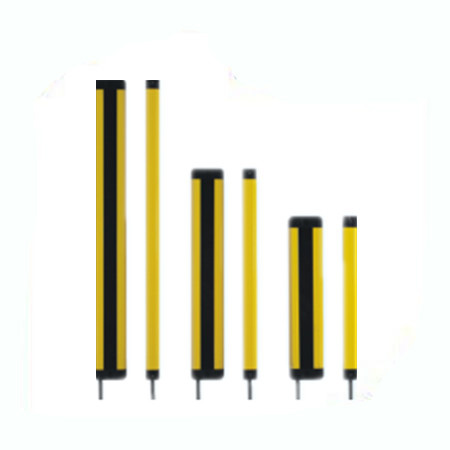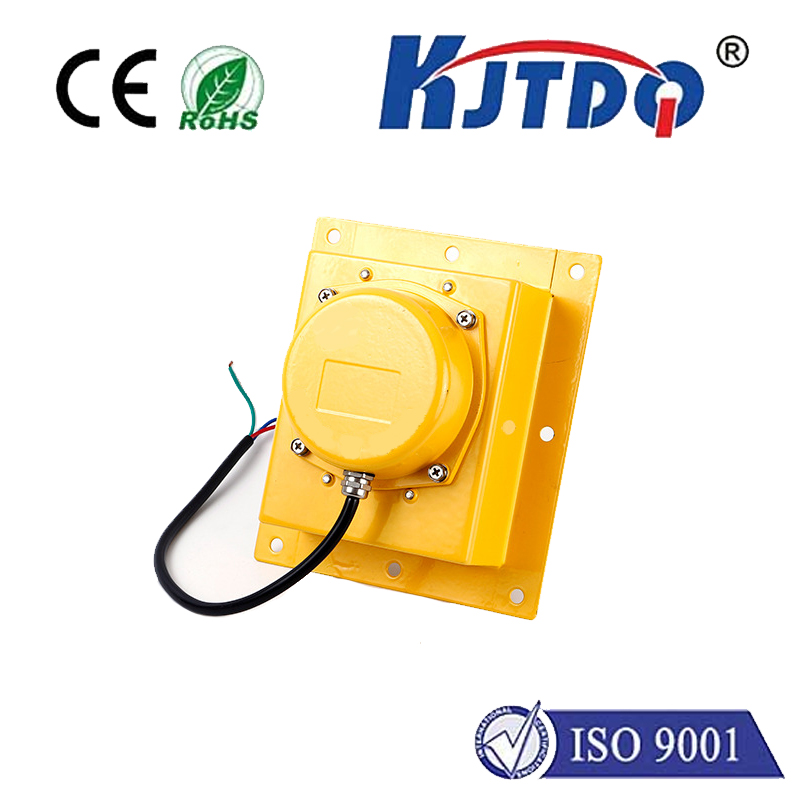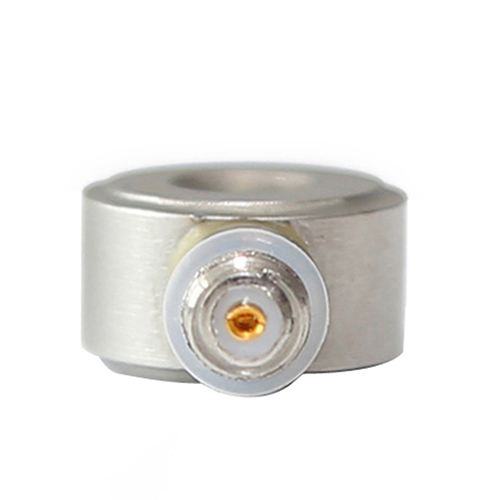laser distance sensor 400 cm
- time:2025-09-11 05:22:01
- Click:0
Mastering Mid-Range Measurements: The Essential Guide to 400 cm Laser Distance Sensors
Ever found yourself precariously balanced on a ladder, wrestling with a wobbly tape measure, trying desperately to span a wide room or verify a critical ceiling height? Or perhaps you’ve fumbled with imprecise tools for marking out furniture layouts or checking clearances? If measuring distances accurately and efficiently, especially across challenging 4-meter spans, is part of your world, then the 400 cm laser distance sensor is poised to become your indispensable ally. This compact, high-tech tool revolutionizes the way professionals and DIY enthusiasts tackle distance measurement tasks, offering unparalleled precision within its optimal range.
Understanding the Core Technology: How Laser Measurement Works
At its heart, a laser distance sensor operates on a remarkably simple yet incredibly precise principle known as time-of-flight (ToF). Here’s the breakdown:
- Emission: The sensor emits a focused, highly coherent pulse of laser light towards the target surface.
- Travel: This light travels through the air at the known speed of light (approximately 300,000 kilometers per second).
- Reflection: The laser pulse strikes the target and reflects back towards the sensor.
- Reception & Calculation: A sensitive receiver detects the returning pulse. The sensor’s internal microprocessor then calculates the distance by precisely measuring the time elapsed between emission and reception. Using the formula
Distance = (Speed of Light × Time of Flight) / 2, the device accurately determines the distance to the target.
The “400 cm” (or 4 meters) specification defines the optimal operating range where this sensor delivers its highest accuracy and reliability. While many laser sensors can measure shorter or sometimes slightly longer distances, the 400 cm point represents a sweet spot where the technology excels for common mid-range applications.

Why Choose a 400 cm Laser Distance Sensor? Key Advantages Unveiled
Moving beyond traditional tools like tape measures or ultrasonic sensors, a dedicated 400 cm laser distance sensor offers transformative benefits:
- Unmatched Precision and Accuracy: Achieve measurements accurate to within ±1.5 mm or better at 400 cm. This level of detail is simply unattainable with manual methods and is crucial for tasks requiring exact dimensions.
- Speed and Efficiency: Measure distances instantly with a single button press. Measure across obstacles, to high ceilings, or in awkward corners without physically traversing the distance or needing a second person. Dramatically reduces measurement time and effort.
- Enhanced Safety: Eliminate the risks associated with climbing ladders or stretching tape measures across hazardous areas. Measure safely from the ground or a stable platform.
- Single-Person Operation: Operate entirely independently. No need for a colleague to hold the other end of a tape measure.
- Versatility in Calculation: Modern sensors are far more than just distance tools. Most include built-in functions for calculating area, volume, indirect height (Pythagoras), and continuous (min/max) tracking, turning raw distance into actionable data instantly.
- Compact and Portable: Designed to fit comfortably in a pocket or tool belt, these sensors are incredibly portable, ready for use anywhere on-site or at home.
Where 400 cm Laser Sensors Shine: Real-World Applications
The practical range of 4 meters makes this sensor incredibly versatile across numerous fields:
- Construction & Contracting: Verifying room dimensions, checking ceiling heights before installations, setting out foundations, measuring stud spacing, calculating material requirements (drywall, flooring, paint area).
- Interior Design & Real Estate: Creating accurate floor plans, measuring spaces for furniture placement, documenting room sizes for listings.
- HVAC & Electrical: Measuring duct runs, planning conduit paths, verifying clearances around panels and equipment.
- Property Surveying (Simple Tasks): Measuring plot boundaries (supplementary use), checking fence lines, verifying setbacks (always confirm regulations).
- DIY & Home Improvement: Perfect for planning renovations, building decks or sheds, installing shelving, hanging artwork, or simply verifying if a new sofa will fit.
- Facility Management: Documenting room layouts, planning space utilization, measuring for new installations.
- Event Setup & Stage Management: Quickly measuring stage dimensions, setting up lighting rigs, positioning equipment safely within venues.
Selecting the Perfect 400 cm Laser Distance Sensor: Key Considerations
Not all laser distance sensor 400 cm models are created equal. Keep these factors in mind when choosing:
- Accuracy: Look for ±1.5 mm or lower at 4 meters for professional work. ±2 mm is often acceptable for DIY.
- Measurement Speed: How quickly does it take and display a measurement? Faster is generally better, especially for dynamic work.
- Durability & Build Quality: Consider the work environment. Look for robust construction and adequate Ingress Protection (IP) ratings (e.g., IP54) for dust and splash resistance.
- Display & Readability: A backlit display is essential for low-light conditions like basements or attics. Ensure the screen is clear and shows all necessary information.
- Functionality: Does it offer just distance, or also area, volume, Pythagoras (indirect height), continuous measurement? Match the features to your needs.
- Range: While 400 cm is the sweet spot, ensure the device exceeds this slightly (e.g., measures up to 5m or 10m) to account for variations and provide flexibility. Confirming the minimum measuring distance is also important.
- Battery Life: Opt for models with long battery life, preferably using common rechargeable or AA/AAA batteries. Laser class is also important (typically Class II, safe for general use).
Maximizing Your Sensor’s Accuracy: Best Practices
To ensure your 400 cm laser distance sensor delivers its promised precision:
- Stable Start Point: Hold the device steady against a solid surface or use a tripod mount point for critical measurements. The starting point is your reference.
- Target Appropriately: Aim for a solid, opaque surface. Avoid measuring to highly reflective surfaces (glass, polished metal) or transparent objects without a solid backing. Use a target plate if necessary.
- Awareness of Edges: Understand if your device measures from the front, back, or a specific point (often marked on the housing). This affects your start position.
- Steady Hand: Minimize movement during measurement. Brace your arm or use support.
- Light Conditions: While good sensors work in various light, extremely bright sunlight can reduce visibility of the laser dot and potentially affect accuracy. Use cautiously outdoors in direct sun.
The laser distance sensor 400 cm is a testament to how technology can solve everyday challenges with elegance and efficiency. Its ability to deliver pinpoint accuracy up to 4 meters transforms tasks that were once cumbersome and error-prone into quick, reliable, and safe operations. Whether you’re a seasoned professional demanding the utmost precision on a job site or a dedicated homeowner tackling ambitious projects, embracing this powerful mid-range measuring tool unlocks a new level of capability, saving time, reducing errors







